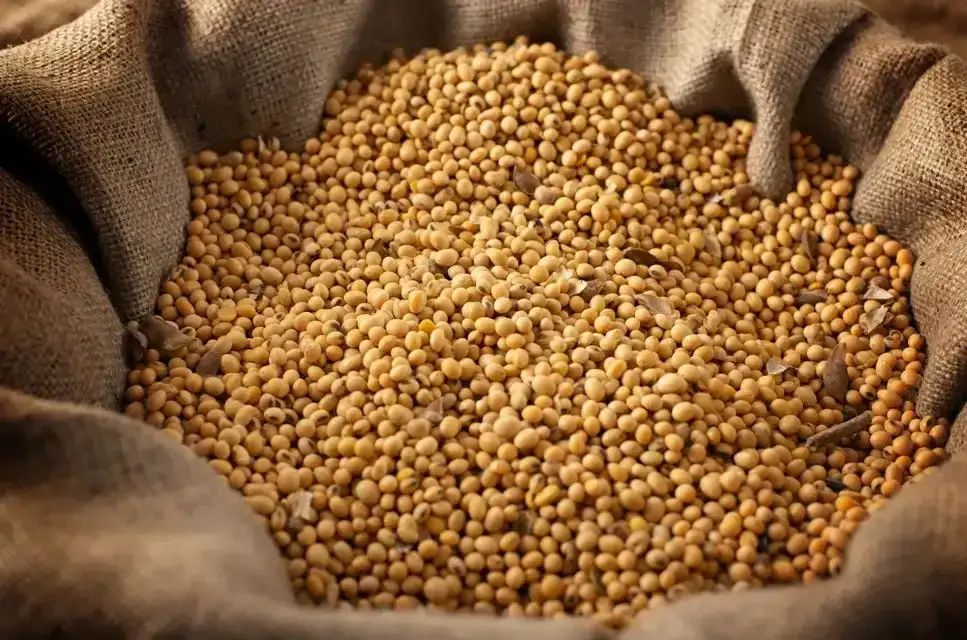
Introduction
The soybean industry plays a crucial role in global agriculture, with China being the world’s largest importer. As demand for protein-rich crops continues to rise due to dietary changes and food security policies, understanding the dynamics of China’s soybean market is increasingly important for farmers, producers, and investors alike.
Current Trends in China’s Soybean Imports
Recent reports indicate that in 2023, China imported over 100 million metric tons of soybeans, primarily from Brazil and the United States. This significant figure reflects the country’s ongoing efforts to secure a stable supply of soybeans to meet its growing domestic consumption needs, driven largely by an expanding livestock sector and a shift towards plant-based foods.
Impact of Trade Relations
The relationship between China and key soybean-producing nations, particularly the U.S. and Brazil, directly influences prices and availability. In recent years, geopolitical tensions have led to fluctuating tariffs and trade agreements that have reshaped the landscape of the soybean market. In 2022, the U.S. implemented tariffs on imported Chinese goods, which initially affected soybean exports to China but have since stabilized as negotiations progressed.
The Role of Domestic Production
While imports dominate the market, China’s domestic soybean production is also increasing, albeit slowly. Policies aimed at enhancing local agriculture are in place, with the government investing in technology and research to boost crop yields. The objective is to decrease dependency on imports over time, making the domestic agriculture sector more robust.
Future Forecasts and Significance
As the global economy continues to evolve, the soybean market is expected to remain volatile. Factors such as weather patterns, export duties, and international relations will be crucial in determining soybean prices. Analysts predict that China’s demand for soybeans will continue to climb, encouraging other countries to adapt their exporting strategies accordingly.
Conclusion
Overall, China’s soybean market is a critical segment of the global agricultural economy. For farmers and agricultural stakeholders, staying informed on China’s import patterns, trade relationships, and domestic production policies will be essential for navigating the future of commodity trading. This landscape highlights the complexity and interconnectivity of global food systems, making awareness and adaptability vital for success.



